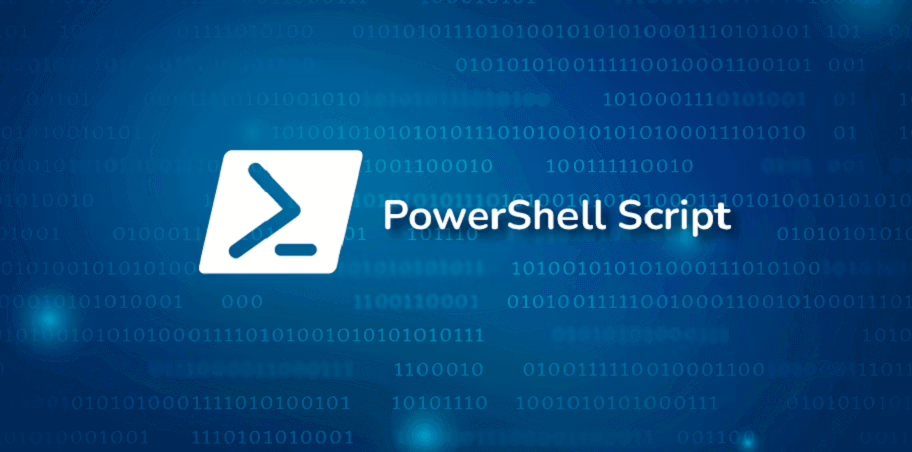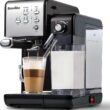In today’s digital age, the importance of robust password security cannot be overstated. With increasing cyber threats and data breaches, it’s crucial to safeguard our digital identities with strong, unique passwords. Generating strong passwords manually can be a cumbersome task; therefore, automating this process using PowerShell can be a game-changer. In this blog post, we will explore how to generate random strong passwords using PowerShell, including practical code samples to help you enhance your security practices.
Why You Need Strong Passwords
Before diving into the PowerShell code, let’s understand why strong passwords matter.
- Protection Against Brute Force Attacks: Strong passwords consist of a mix of characters, making them far more difficult for attackers to crack.
- Defending Against Credential Stuffing: Using unique passwords for different services protects your accounts even if one service gets compromised.
- Peace of Mind: Knowing your password is secure helps reduce anxiety associated with online security threats.
PowerShell: A Brief Introduction
PowerShell is a task automation framework that consists of a command-line shell and an associated scripting language. Because of its flexibility and powerful features, it’s widely used for system administration, automation, and even password generation.
Generating Random Strong Passwords: The Basics
When generating passwords, there are key considerations to ensure they meet security standards:
- Length: Strong passwords are typically at least 12-16 characters long.
- Complexity: They should include uppercase letters, lowercase letters, numbers, and special characters.
- Unpredictability: Avoid predictable patterns or common words.
A Simple PowerShell Script for Generating Passwords
Here’s a straightforward PowerShell script to generate a random strong password:
function Generate-StrongPassword {
param (
[int]$length = 16
)
# Define the character sets to include in the password
$lowercase = 97..122 | ForEach-Object { [char]$_ }
$uppercase = 65..90 | ForEach-Object { [char]$_ }
$numbers = 48..57 | ForEach-Object { [char]$_ }
$specialChars = 33..47 + 58..64 + 91..96 + 123..126 | ForEach-Object { [char]$_ }
# Combine all characters
$allChars = $lowercase + $uppercase + $numbers + $specialChars
# Shuffle and select characters
$password = -join ((Get-Random -InputObject $allChars -Count $length) | Sort-Object { Get-Random })
return $password
}
# Generate a 16-character long password
Generate-StrongPassword -length 16How the Script Works
- Character Sets: The script defines arrays of ASCII values representing lowercase letters, uppercase letters, numbers, and special characters.
- Combining Characters: It merges these arrays into a single list of valid characters.
- Random Selection: The
Get-Randomcmdlet selects characters randomly, ensuring a robust mix for the password.
Enhancing Password Security
To further enhance password security, consider implementing the following best practices:
- Use Password Managers: Store your complex passwords securely.
- Change Passwords Regularly: Frequent changes decrease the risk of long-term exposure to compromised credentials.
- Enable Multi-Factor Authentication (MFA): Add an extra layer of protection for key accounts.
Authentication Trends and Updates
According to a recent report by Verizon, 81% of data breaches involve stolen or weak passwords. This stark reality underscores the need for strong passwords reinforced by better authentication practices like MFA.
Advanced PowerShell Techniques for Password Management
PowerShell can do more than just generate passwords. You can also store them securely and manage them effectively:
Storing Passwords in Encrypted Format
Here’s a simple example of how to store a generated password in an encrypted format:
$password = Generate-StrongPassword -length 16
$securePassword = ConvertTo-SecureString $password -AsPlainText -Force
$encryptedPassword = ConvertFrom-SecureString $securePassword
$encryptedPassword | Out-File "password.txt"This code snippet encrypts the password and saves it to a text file, ensuring that even if the file is accessed, the password cannot be easily read.
Reading Encrypted Passwords
To retrieve and use your stored password:
$encryptedPassword = Get-Content "password.txt"
$securePassword = ConvertTo-SecureString $encryptedPassword
$plainPassword = [Runtime.InteropServices.Marshal]::PtrToStringAuto([Runtime.InteropServices.Marshal]::SecureStringToCoTaskMemAuto($securePassword))This snippet decrypts the password for use in applications or further scripts.
Conclusion: Secure Your Digital Presence
Generating strong passwords using PowerShell not only simplifies the task of creating secure credentials but also empowers you to maintain robust online security effortlessly. As cyber threats evolve, so should your methods for protection.
I encourage you to share your thoughts or any additional tips you might have for generating passwords in the comments below. Or, share this article on social media to help others enhance their digital security!










